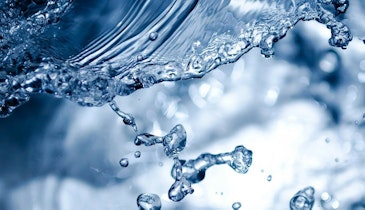When you look at new or replacement wastewater equipment, one of your first considerations may be the initial cost of equipment. But when you look at your costs over the lifetime of that equipment, you may be surprised. Here are some things to consider when making a solids reduction equipment or pump purchase.
Parts and service
What is the cost of routine service and parts? Does the equipment come with a warranty? Be sure to find out if that warranty covers labor, parts and especially wear parts. Depending on your application, your supplier should be able to tell you how long it swill be until you need routine service.
Downtime during repair
Will you have to send equipment back to the factory for service? Most pump and solids reduction equipment require factory service and rebuild. Will you need to keep a spare pump on hand “just in case?” Can your equipment be serviced and repaired online or in-house? How much income are you losing for every minute your equipment is out of service?
Service agreements
Many companies sell a service agreement with their equipment purchases. After the warranty period, what are repair part prices? “Our customers are surprised that we don’t sell maintenance packages to them when they buy our products,” says Russ Boring, president of Vogelsang USA. “We’ve designed our products to be serviced in-line, on site, by the customer’s maintenance crew. We are always there to help them from the local level. And after the warranty period is over, our replacement parts typically cost less than competitors.”
Engineered durability
How well does the equipment perform when faced with tough, abrasive or viscous debris? What are the typical service intervals? Can pumps run dry, and for how long, in case of a clog downstream?
Downstream equipment protection
What happens to your other equipment if your shredder, grinder or pumps fail? What are the costs to replace those pieces and to clean up any spills or clogs? Avoid the domino effect by making sure your downstream equipment is protected.
Efficiency
Are you using the most efficient equipment available? What are your energy costs to operate the equipment? AOD pumps are often thought of as more economical because they don’t run on electricity. But they can put a lot of stress on your compressed air system. Are your solids being reduced to the correct size to pass through your system without clogging or ragging? If you need consistent particle sizes for efficient digestion or easier pumping, you may want to consider a macerator rather than a shredder. “We’ve found many applications that have used shredders realize an instant increase in efficiency when they switch to our RotaCut macerator,” says Boring.
Configuration costs
How easy is the equipment to replace? Will you have to reconfigure piping to replace failing or outdated equipment? Sometimes you can replace a poorly performing pump with a brand-new one, for less than the cost of repair. Look for words like “drop-in replacement,” which means piping does not have to be reconfigured.
Visit the Vogelsang Storefront





